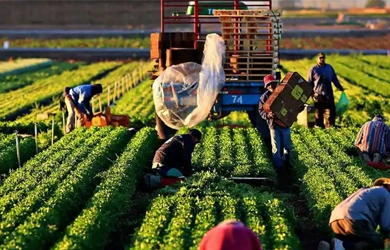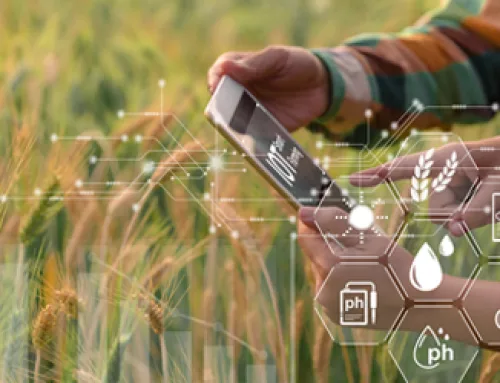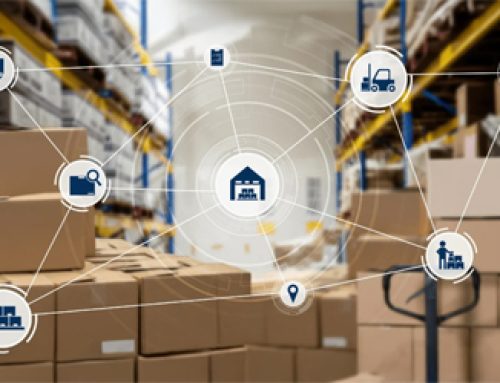Optimising Labour Use in Agriculture: Enhancing Efficiency through Workforce Management and Technology
In today’s rapidly evolving world of farming, managing labour effectively is more important than ever. Using advanced technology in workforce management can really boost productivity and make operations run smoothly. From optimising labour use to advanced tracking and attendance systems, these modern tools are revolutionising agriculture. Let’s take a look at how these innovations can change the way we manage labour on farms, making everything more efficient and productive.
Optimising Labour Use: The Foundation of Efficiency
At the heart of agricultural productivity lies the efficient use of labour. But how do we achieve this? It begins with a clear understanding of the tasks at hand and the optimal allocation of labour to those tasks. This is where technology comes into play. By leveraging digital tools, farm managers can analyse labour needs and allocate workers more effectively, ensuring that each task is performed by the right person at the right time.
Have you ever considered how much time and resources could be saved by simply optimising the allocation of labour on your farm? One of the key benefits of optimising labour use is the ability to reduce downtime and minimise wastage. When labour is allocated efficiently, workers spend less time waiting for instructions or resources, and more time performing productive tasks. This not only boosts overall farm productivity but also enhances worker satisfaction and reduces turnover.
Workforce Management: A Strategic Approach
Effective workforce management goes beyond just assigning tasks. It involves a strategic approach to planning, monitoring, and evaluating labour resources. By implementing robust workforce management systems, farm managers and agribusinesses can ensure that they have the right number of workers with the right skills at the right time.
Workforce management systems provide a centralised platform for tracking worker availability, skill sets, and performance. This enables managers to make informed decisions about hiring, training, and deployment. Additionally, these systems can help identify areas where additional training or resources may be needed, ensuring that the workforce is continually improving and adapting to new challenges.
Imagine having a real-time view of your entire workforce, knowing exactly who is available, what skills they possess, and where they are needed most. How much more efficient could your operations become with such a system in place?
Task Allocation and Update: Streamlining Operations
Task allocation is a critical component of workforce management. By assigning tasks based on workers’ skills and availability, farm managers can ensure that each job is performed efficiently and effectively. Modern task allocation systems utilise algorithms to match workers with tasks, taking into account factors such as skill levels, experience, and current workload.
These systems also facilitate real-time updates, allowing managers to adjust task allocations on the fly as conditions change. For example, if unexpected weather conditions disrupt a planned activity, managers can quickly reassign workers to other tasks, minimising downtime and maintaining productivity.
Have you ever faced challenges in keeping track of who is doing what on your farm? With advanced task allocation systems, you can ensure that every worker knows exactly what they need to do, reducing confusion and improving efficiency.
Activity-Wise Tracking: Monitoring Progress and Performance
Activity-wise tracking provides a detailed view of the progress and performance of various tasks on the farm. By monitoring activities in real-time, managers can identify bottlenecks, measure productivity, and make data-driven decisions to optimise operations.
For instance, tracking the progress of planting, irrigation, and harvesting activities can help managers identify inefficiencies and implement corrective actions. This not only improves productivity but also ensures that resources are used effectively.
Imagine being able to track the progress of every task on your farm in real-time. Wouldn’t this level of visibility help you manage your operations and achieve your production goals more effectively?
Face Recognition-Based Attendance: Enhancing Accuracy and Security
Attendance tracking is a critical aspect of workforce management, and traditional methods such as manual timekeeping and punch cards can be prone to errors and manipulation. Face recognition-based attendance systems offer a more accurate and secure alternative.
These systems use advanced facial recognition technology to verify the identity of workers as they arrive and leave the farm. This ensures that attendance records are accurate and error-proof, reducing the risk of time theft and improving accountability.
Consider the impact of having an accurate and secure attendance system in place. This would surely give you more confidence about your labour records, and make it extremely easy and seamless to manage and pay your workers fairly.
Time Tracking: Measuring Efficiency and Productivity
Effective time tracking is essential for measuring the efficiency and productivity of labour resources. By monitoring the time spent on various tasks, managers can identify areas where improvements are needed and implement strategies to enhance productivity.
Time tracking systems provide detailed reports on how workers spend their time, enabling managers to analyse performance and identify trends. This information can be used to optimise task allocation, improve training programs, and implement best practices.
Imagine having detailed insights into how every minute is spent on your farm. Wouldn’t this information help you make better decisions and improve overall productivity?
Labour-Wise Harvest Tracking: Ensuring Accountability and Quality
Harvest tracking is a crucial component of agricultural operations, and labour-wise tracking provides a detailed view of each worker’s contribution. By monitoring the quantity and quality of produce harvested by each worker, managers can ensure accountability and reward high performers.
Labour-wise harvest tracking systems use digital tools to record and analyse data on harvested produce, including weight, quality, and worker details. This information helps managers identify top performers, implement incentive programs, and ensure that quality standards are met.
Have you ever struggled with maintaining accountability and quality during harvest season? With labour-wise harvest tracking, you can ensure that every worker’s contribution is accurately recorded and rewarded, leading to better performance and higher-quality produce.
Embracing Technology for a Brighter Future
The integration of advanced technologies into workforce management and labour optimisation is transforming the agricultural sector. By leveraging tools such as task allocation systems, face recognition-based attendance, and labour-wise tracking, farm managers can enhance efficiency, productivity, and accountability.
As we move forward, it is essential to embrace these innovations and continuously seek new ways to improve our operations. By doing so, we can ensure a brighter, more productive future for agriculture, where every resource is used to its fullest potential.
The future of agriculture is bright, and with the right tools and strategies, we can achieve remarkable success. Get in touch with us to know how FarmERP can help you streamline your operations by smartly optimising labour use.



